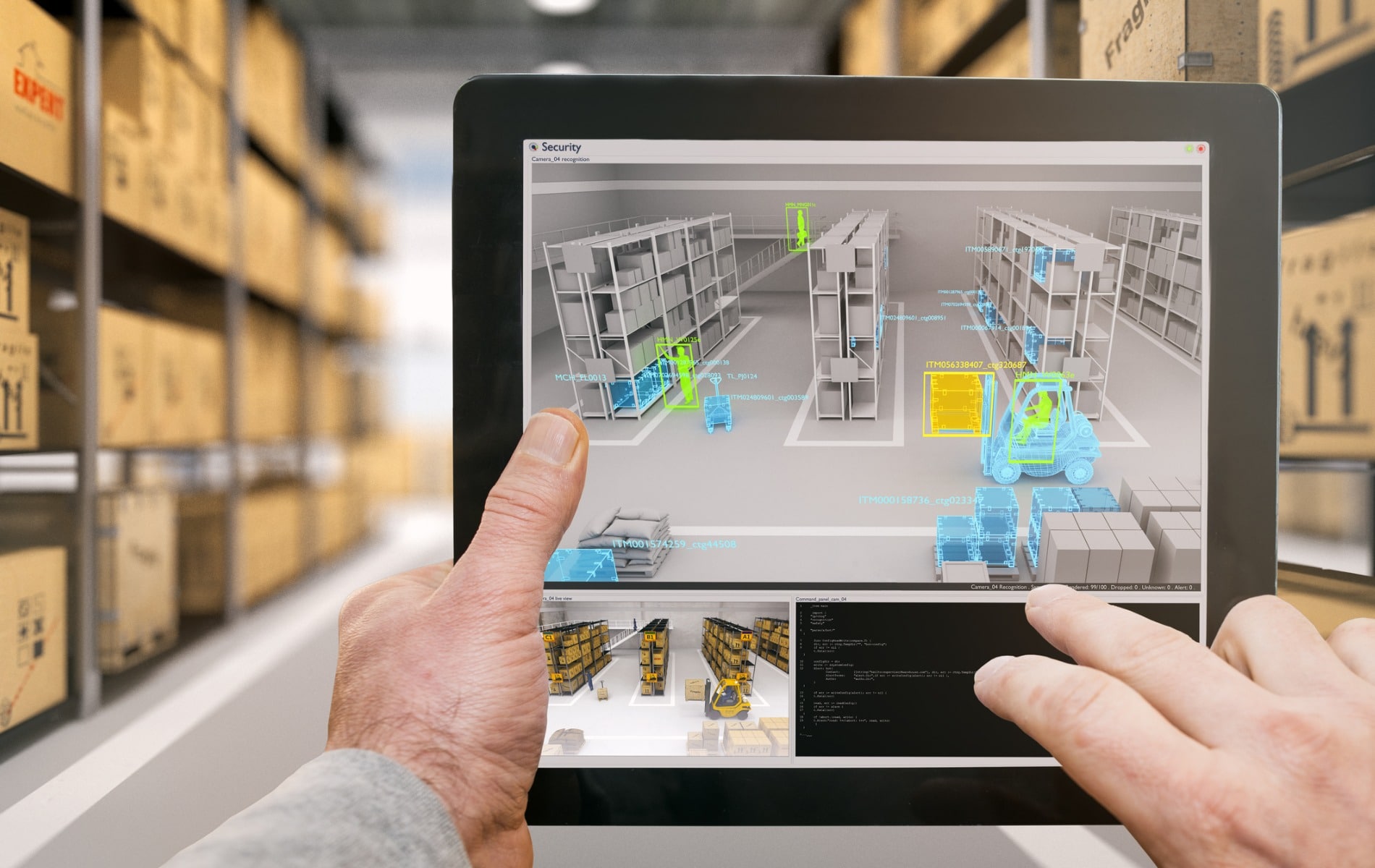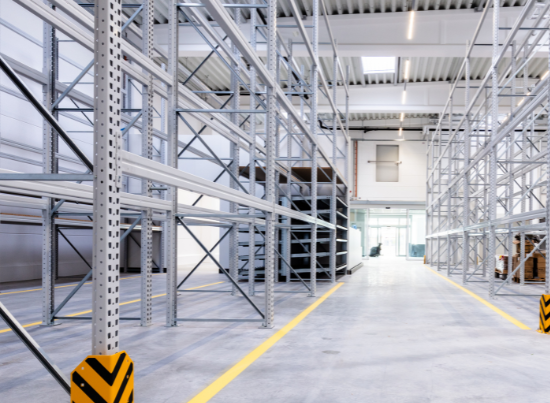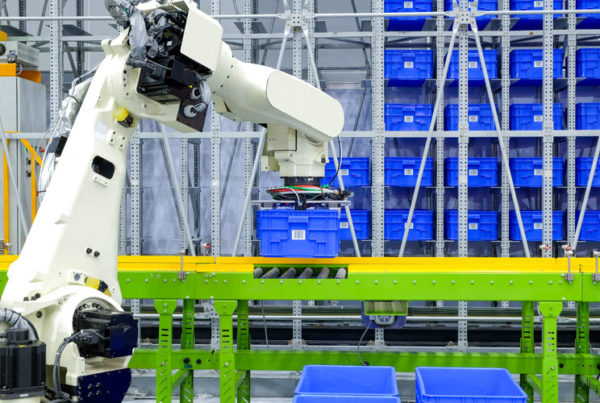Acting almost entirely behind the scenes, distributors are nevertheless vital for the success of the entire supply chain. They are a crucial part of the economy as a whole. The COVID-19 pandemic changed the way everyone did business and turned traditional ways of working upside-down. Although the future remains uncertain, wholesale distribution is primed to enter a new era.
The pandemic brought with it new challenges, scenarios, and demands from customers and suppliers. It put a strain on relationships, disrupted the supply chain, and created a new focus on safety in the workforce. As a result, the entire industry has undergone enormous change, and it’s unlikely to stop now.
Distributors are looking to capitalize on these new challenges and opportunities, and have responded by evaluating areas for incremental growth and reductions in costs.
Success in 2021, 2022, and beyond is likely to revolve around a comprehensive assessment of the forces of distribution disruption and a strong focus on strategy. Leveraging digital innovation will be key, of course. More important, however, will be to look at how IT and digital tools can positively impact the entire business model and process. Analyzing the trends of the extraordinary past 18 months will enable distributors to respond better and faster to challenges and to become more competitive during more normal times. Above all, harnessing digital for competitive advantage, and looking at how other industries do so, will be vital.
Recap of 2020 Trends
Despite the unprecedented nature of distribution around the world during 2020, analyzing the trends of this unusual year will be key to future success. The demands of supply during the pandemic broke traditions in industries around the world and ushered in new opportunities and ways of working that will be worth leveraging as we move forward.
Direct to Consumer
Retail businesses made a significant move towards direct-to-consumer selling, placing them in direct competition with wholesale distribution. Even large multinational organizations made substantial reductions in their distribution methods, cutting their partnerships and working far more closely with consumers.
Omnichannel Selling
A growing trend in digital marketing, omnichannel selling grew enormously in popularity during 2020. B2B businesses began increasingly to leverage this comprehensive, holistic approach to provide a more consistent purchasing experience across all their channels.
Growing eCommerce Market
Unsurprisingly, 2020 was a bumper year for eCommerce, and B2B industries took full advantage. This resulted in growing investment in eCommerce technology and a stronger connection between retailers (as customers) to the distribution industry.
And it wasn’t just B2B. The eCommerce market, in general, saw an enormous boom in 2020, with consumers unable or unwilling to get to brick-and-mortar stores. Online shopping for almost everything became the norm for most people.
Global Expansion
While not a new trend, consumers’ desire to quickly and simply purchase products from around the world has increased. As a result, distributors have continued to expand into the global market and leverage digital tools to cope with the increase in demand for geographically distant products.
Inventory Management
Innovations in inventory management have allowed distributors to revolutionize their processes. Harnessing accurate consumer data to make better decisions and centralize operations management makes everything more productive. 2020 has seen a significant increase in investment in warehousing and inventory management.
Top 5 Trends for 2021 and Beyond
While the trends of 2020 will filter through this year and beyond, the industry is experiencing a set of trends unique to 2021.
Rising Business Costs
Importing goods and production materials has become far more expensive during 2021 as shipping costs have soared. This has made cost-control for manufacturers hugely important, as providing value for money for the end-customer has become more complex.
Increased Need for Warehouse Space
Before 2020, warehousing was often seen as a cost, to be eliminated where possible. Following the surge in eCommerce over the last couple of years, retailers have had to shift focus rapidly, as increased demand requires more goods stocked closer to customers. Experts predict that demand for eCommerce is unlikely to return to pre-2020 levels any time soon. As a result, premium warehouse space is essential. It is a vital component of creating a resilient, flexible supply chain and the most important part of ensuring next-day or even same-day delivery.
However, due to many businesses still operating under the old paradigm of just-in-time logistics, there is a significant Grade A warehouse space shortage. Research indicates that every $1 billion of eCommerce sales requires 1.2 million square feet of warehouse and distribution real estate. Experts estimate that the eCommerce market share will reach $1.5 trillion in 2025, which means that around 1 billion additional square feet of warehouse space need to be found, repurposed, or built from scratch.
Prioritization of New Supply Chain Technology
Distribution has now become wholly reliant on new technology and digital innovation. Smaller organizations have grown and evolved thanks to automation, new software, and upgrades to their existing tech. Bigger companies have taken advantage of grander developments like robotics, the Internet of Things, and blockchain.
The most important technology for distribution is and will continue to be supply chain technology. AI and machine learning mean that automated supply chain planning is increasingly intelligent, and distribution firms must continue to embrace and develop innovation in this field. Advanced functionality like demand sensing, inventory optimization, multi-level planning, and response management means that so much more can be automated, and organizations can be vastly more productive.
Next-Generation Digital Marketing and eCommerce
B2B marketing and selling is becoming more user-friendly and intuitive. Business customers are increasingly expecting a similar consumer experience to the one they provide their own clients. Distributors have begun and must continue to invest in eCommerce platforms and digital marketing tactics like SEO and conversion optimization to take advantage of these new expectations.
Role of Customer Experience Management
The role of the customer experience manager has become of the utmost importance, shaping the distribution industry. Distributors have to move from simply meeting customer needs to predicting and shaping them, delivering solutions before customers realize that they even have issues. Proactive customer experience management will be able to engage customers more effectively and deliver improved value at the same time.
What Does the Future Hold?
The trends of the last two years have the potential to change the way the industry works well into the future. Growing competition and new disruptors (often in the form of increased D2C marketing) will force distributors to embrace digital marketing techniques such as omnichannel, new technologies in the supply chain, and be increasingly agile in their response to innovation.
Arguably the most important thing to focus on will be workflow automation. Increasing efficiency within the supply chain means automating more and more processes. For wholesale distributors to succeed, they will need to embrace a smart supply chain and cloud technology. Paper-based processes and manual processing will become increasingly outdated, but automated data flow comes with an enormous range of benefits.
The growth of digital has resulted in more demand and more competition. As 2021 rushes on, distributors will need to leverage the full suite of digital technologies to maximize their key differentials and emphasize customer value. Omnichannel marketing and selling can broaden the consumer base and convert an existing audience more effectively. But the most crucial thing for wholesale distribution will be to continue to be open to evolution, change, and new technology.
Want to learn more about how warehousing trends will influence your operations? Contact us to talk details and strategies!
Increasing storage capacity and utilization with semi-automated deep lane storage.
PeakLogix designed a plan that increased the realized capacity of one client by more than 60% and increased its utilization rate to nearly 80%. In addition, the client now benefits from a clear receiving dock, which facilitates their ability to unload additional inventory that can be ordered more efficiently.





